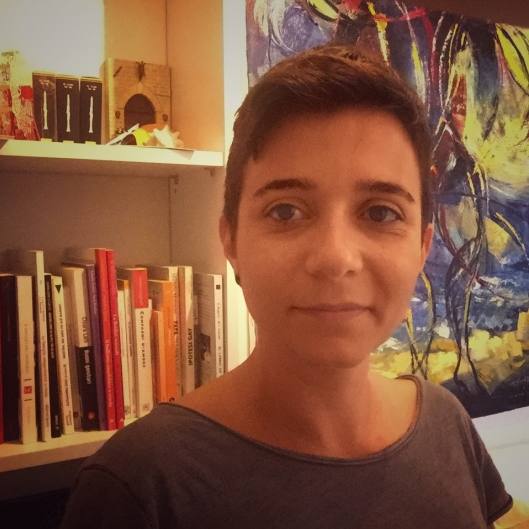The Trauma Informed Care Best Practice Project (TIC Project)
The Person Centered Approach Institute (IACP) with the World Academy of Art and Science (WAAS), the World University Consortium (WUC), the Faculty of Psychology of the University of Torino, the Black Sea Universities Network (BSUN), the World Sustainability Forum (WSF), the University for Sustainability, Santa Fe’, New Mexico, the Protect our Planet Movement (POP) and the Ukrainian Psychological Association have created The Trauma Informed Care Best Practices Project, to support, connect and assist the professionals and public and private organizations that are in a way or another dealing with people, and in so doing, need to be trauma informed. At present due to lack of funding our free services have been mainly directed to support for free Ukrainian health professionals doing field work and to Ukrainian refugees.
Professionals working in their various roles in public or private organizations, whatever is their field of work with people, if they are unaware of the research findings and principles of Trauma Informed Care (TIC) can unwillingly cause the retraumatization of trauma survivors. Decision makers and professionals ignoring the principles and the best practices of Trauma Informed Care and Trauma Informed Organizational Practices are part of a problem that is generating staggering costs of human security destruction, suffering, disability, ill personal and social health, productivity loss and loss of prosperity; on the opposite, professionals aware of the importance of Trauma Informed Care (TIC) as one of their ethical imperative, will be part of the solution especially if supported by decision makers and managers that are aware of Trauma Informed Best Practices and willing to create Trauma Informed organizations.
By applying Trauma Informed Care Best Practices (TIC) professionals and organizations will save people unnecessary suffering, protect and promote human security, people and community health and wellbeing and promote sustainability and prosperity for all.
Trauma Informed Care Chabot
We are developing a Trauma-Informed chabot designed to provide reliable, scientifically grounded answers. Unlike conventional chatbots, which often struggle to distinguish between trauma-informed and non-trauma-informed responses, our approach minimizes the risk of misinformation and hallucinations, Prof. Luca Rollè has just been nominated Project Manger of the Ticbot International Network of Ph.D. and Master level students and their professors to help us with the Ticbot
Why this Approach?
Instead of using a general-purpose, autoregressive model like Chat GPT, we chose a text-to-text, seq2seq (sequence-to-sequence) generation model (at the moment: FLAN-T5-Large). This approach gives us greater control over responses by allowing fine-tuning on scientifically validated sources. Our Chabot is not just generating responses—it retrieves and reasons over high quality, trauma-informed materials to ensure accuracy and reliability.
How it Works
We use a hybrid system that combines:
1. Retrieving relevant information – A word embedding model scans our database to find the most relevant research snippets based on a user’s question.
2. Generating accurate answers – The fine-tuned FLAN-T5 model uses these snippets as context to ensure responses are well-informed and supported by evidence.
Current Progress
Our word-embedding model has been trained on an initial set of research papers, with a much larger collection still to be processed and verified.
We have fine-tuned the model using a foundational set of structured question-answer pairs (triplets) and are continuously expanding this dataset by incorporating new knowledge from our database. This ongoing process enhances the Chabot’s accuracy and depth of responses.
The retrieval system is functional, and we have integrated it with the fine-tuned model to ensure seamless interaction between retrieving relevant information and generating responses.
While additional data is needed to further train both the embedding model and the text generation model, the foundational pipeline is implemented and operational.
Next Steps
Beyond improving our model, we are also building a structured, accessible database of trauma-informed materials. This will not only support the chatbot’s training but also serve as a resource hub where users can access or get links to reliable sources.
By combining fine-tuned AI with a strong knowledge base, our goal is to create a trustworthy, trauma-informed assistant that provides accurate, evidence-based responses.

